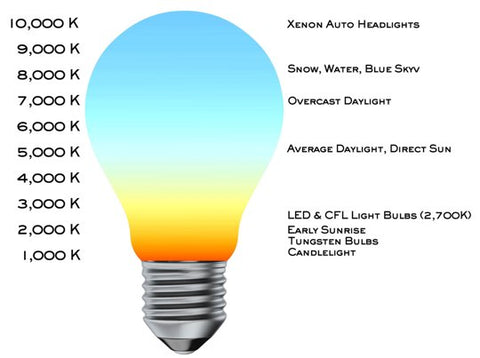

So, we’ve put together a list of the best lighting temperatures for each room. But how should you go about it? Choosing an Appropriate Light Temperature ***Refer to more: Top 7 Best Mood Lights For The Bedroom 2022 Choosing an Appropriate Light TemperatureĬould you imagine walking into an office with lighting that resembled a dinner date? Or how about a fireside chat under the glare of fluorescent lights? As you can see, choosing the proper lighting temperature is critical. Some companies, such as Apple, even provide Night Shift, which disables blue light from mobile devices at specific times of the day. However, according to another study published in The Journal of Clinical Endocrinology, excessive blue light-light emitted at higher temperatures-can impair a person’s ability to sleep properly. It’s also why being trapped under fluorescent lighting for hours on end can be exhausting.Ĭooler lighting is beneficial in most office settings because it keeps employees alert and productive. That’s why relaxing on a sunny beach feels so good. Cooler light, on the other hand, tends to energize and excite most people. Warm light makes people feel relaxed and at ease. According to a study conducted by Harvard Medical School and Brigham and Women’s Hospital, light is the most important cue in regulating many biochemical and physiological processes. It’s no secret that light has an impact on how people feel. Is it bright and fluorescent, or cozy and inviting, like a crackling fire? Isn’t it more likely the latter? Consider the color temperature of this type of lighting. You’ve probably heard the phrase “mood lighting” to describe a dimly lit or romantic setting. The Influence of Lighting on Mood The Influence of Lighting on Mood Daylight bulbs emit a bright, almost blue light that resembles the midday sun. Warm white bulbs, despite their name, are slightly less warm at around 3,000-4,000 Kelvin.Īt the other end of the spectrum are cool white bulbs with a Kelvin temperature of around 4,000 and daylight bulbs with a Kelvin temperature of 5,000-6,500.

Soft white bulbs are typically around 2,700 Kelvin. Soft white and warm white bulbs are at the low end of the spectrum. What you should know is that each Kelvin value represents a degree of “warmth” or “coolness.” The greater the value, the cooler or less yellow the bulb will appear.
Led warm light vs bright white how to#
To understand how to read the color temperature of specific bulbs, you don’t need to know all of the science. There are numerous resources available to help you learn more about the relationship between color and temperature. The light changed from a yellowish glow to a bright bluish-white as the temperature of the metal element increased. The term “color temperature” originated with incandescent bulbs and referred to the color of the metal element inside the bulb. This scale represents the color temperature of a light bulb. The first thing you should know about the battle of the bulbs is that each type of white bulb represents a different reference point on the Kelvin scale. Warm White vs Soft White vs Daylight Bulbs Warm White vs Soft White vs Daylight Bulbs Let’s look at how to decipher those color designations and determine which light bulb temperature is best for your smart home. cool white-isn’t white just white? Why do some “white” light bulbs appear yellow?

Isn’t white just white? Warm white vs soft white, daylight vs. Have you ever stood in the middle of your local hardware store’s light bulb aisle, pondering which smart bulb color would be best for your home? The issue with many bulb colors is that they all sound the same.


 0 kommentar(er)
0 kommentar(er)
